Weird news stories
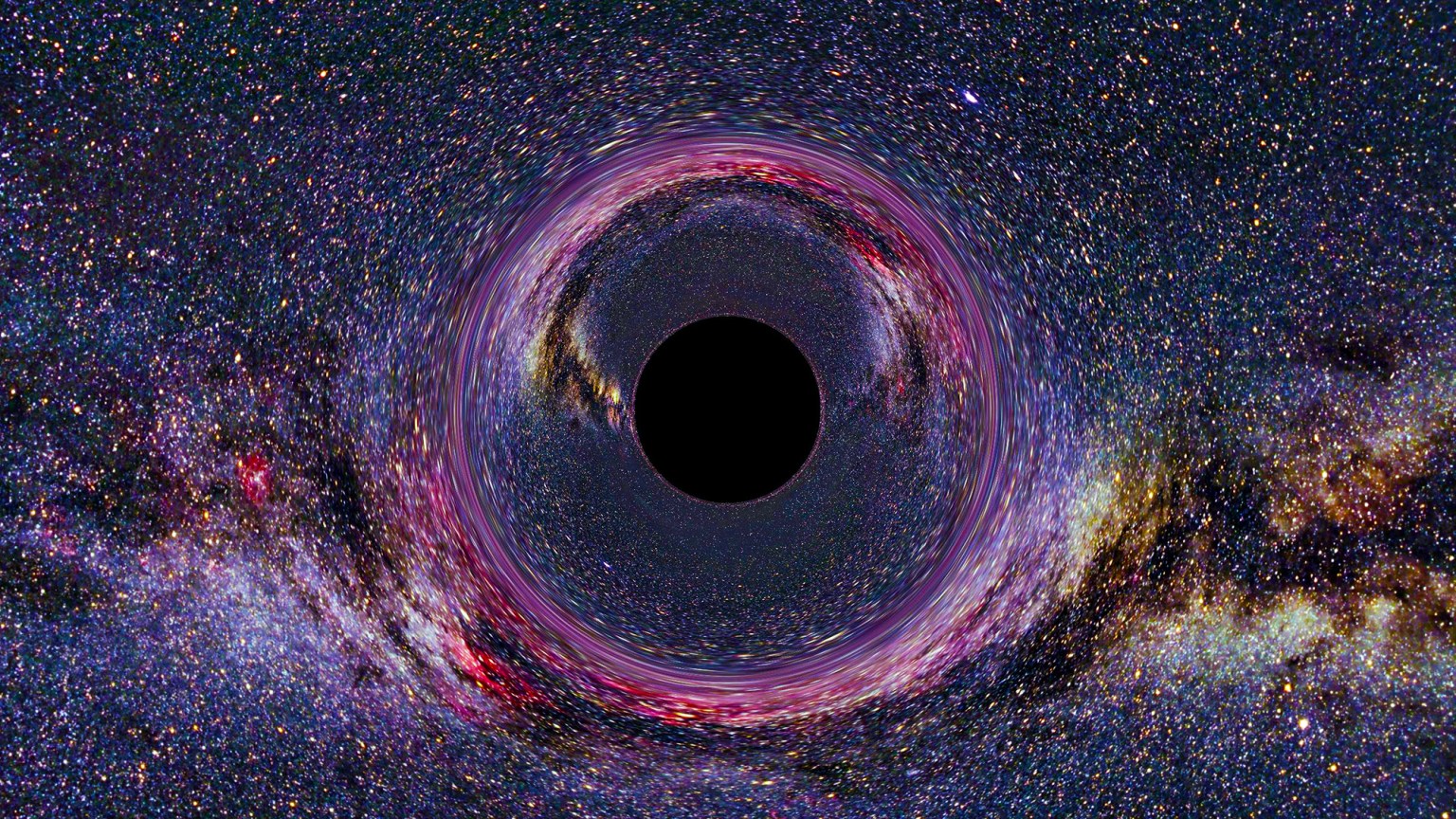
The astrophysics community is abuzz. On May 12 at noon, the Event Horizon Telescope collaboration will hold a news conference at which a major announcement will be made.

One of the most recent snaps beamed back from the Curiosity rover on Mars has revealed a rather interesting feature in the rocks: what looks to be a perfectly carved out doorway nestling in the Martian landscape.
Cephalopod genomes are as weird and wonderful as they are.
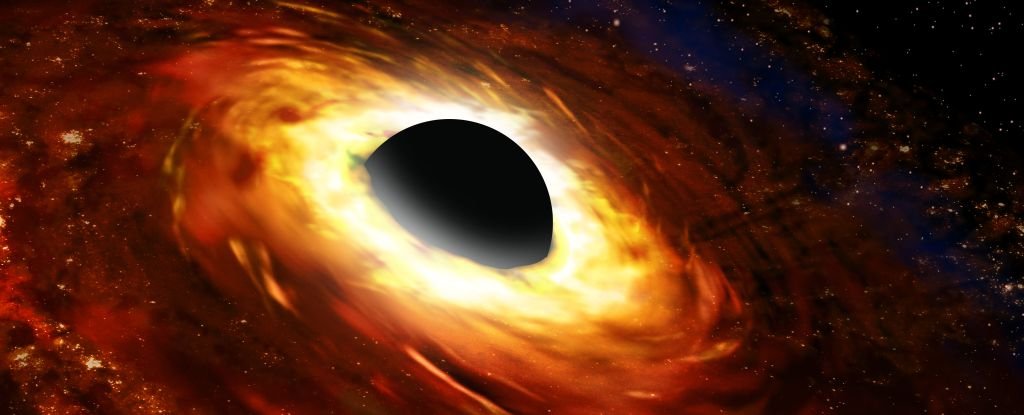
Within the Milky Way, astronomers have just identified eight new examples of these echoing black holes. Previously, only two had been identified within our galaxy.

Dark matter is one slippery substance. As far as we can tell, it has to exist for our current models of the Universe to work. But not only can we not see it, feel it, or interact with it in any way – we’re not even sure what dark matter really is.

Named Tomlinsonus dimitrii, the species represented by the specimen is part of an extinct group of arthropods known as marrellomorphs that lived approximately 450 million years ago, during the Ordovician period, the research team reported in a new study.
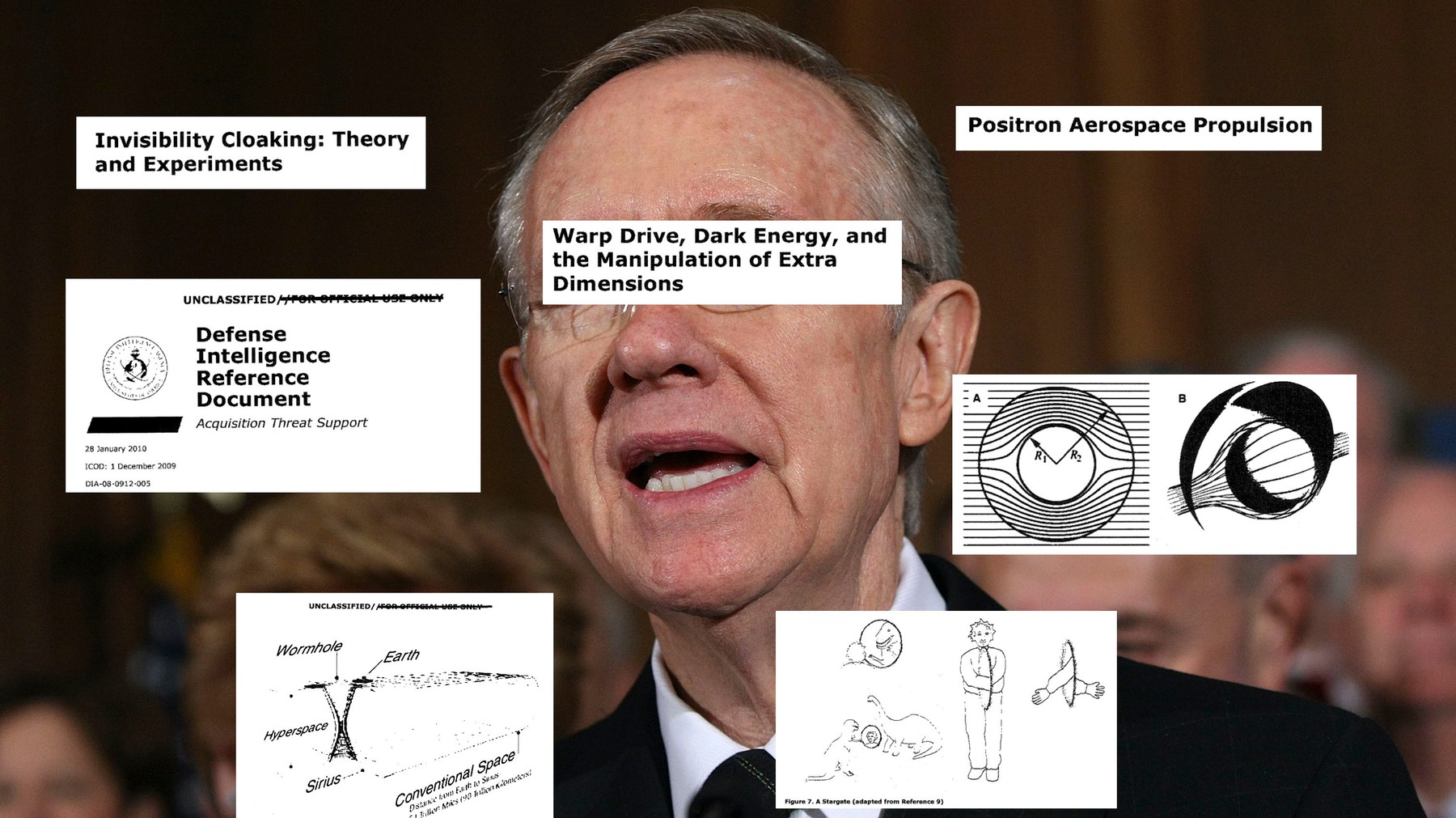
A tranche of documents released to Motherboard through FOIA show the research priorities of the secretive Advanced Aerospace Weapons Systems Application Program.

A new model of the very early universe proposes that the graviton, the quantum mechanical force carrier of gravity, flooded the cosmos with dark matter before normal matter even had a chance to get started.

New measurement of fundamental particle of physics after decade-long study challenges theoretical rulebook in scientific ‘mystery’.

In a new study, researchers examined a relatively new way to alter minds, which makes use of digital sounds to feed conflicting frequencies into each ear. By tuning in to these ‘binaural beats‘, some people report they can drop out, reduce pain, enhance memory, and ease anxiety and depression.

Scientists have detected a strange new type of high-frequency wave on the sun’s surface, and the waves are moving three times faster than scientists thought was possible.

According to calculations made a few years ago by University of Portsmouth physicist Melvin Vopson, this literal mass of visual imagery – along with half a billion tweets, countless texts, billions of WhatsApp messages, and every other bit and byte of information we’ve created – could be making our planet a touch heavier.
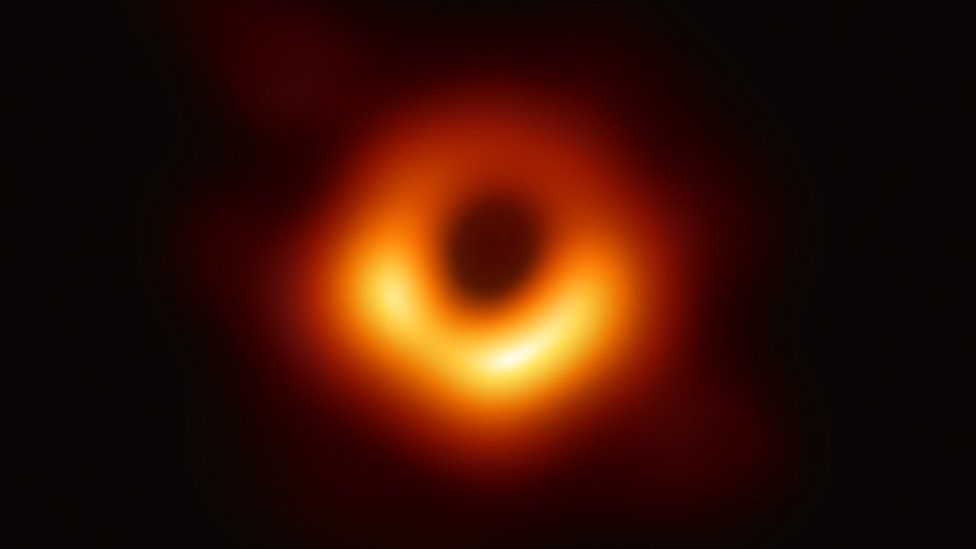
Scientists say they have solved one of the biggest paradoxes in science first identified by Prof Stephen Hawking.
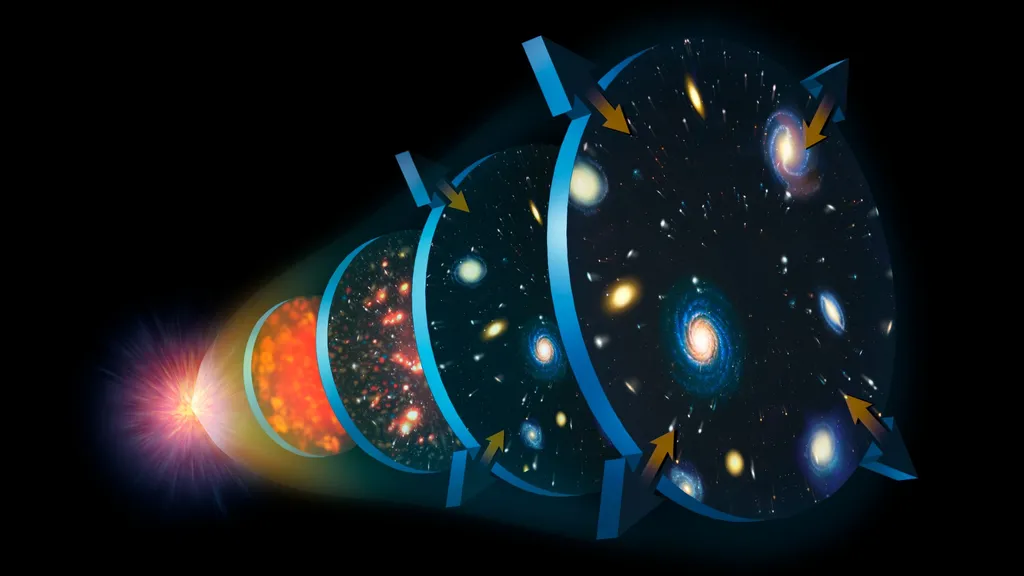
A wild new theory suggests there may be another “anti-universe,” running backward in time prior to the Big Bang.
Some planets, like ours, rotate as they spin around their stars – an endless turning of day into night into day again. But other planets behave differently; tidally-locked to their stars, one side continually faces the sun, while the other is shrouded in perpetual darkness.

With its tail flipping rhythmically from side to side, this strange synthetic fish scoots around in its salt and glucose solution, using the same power as our beating hearts.








